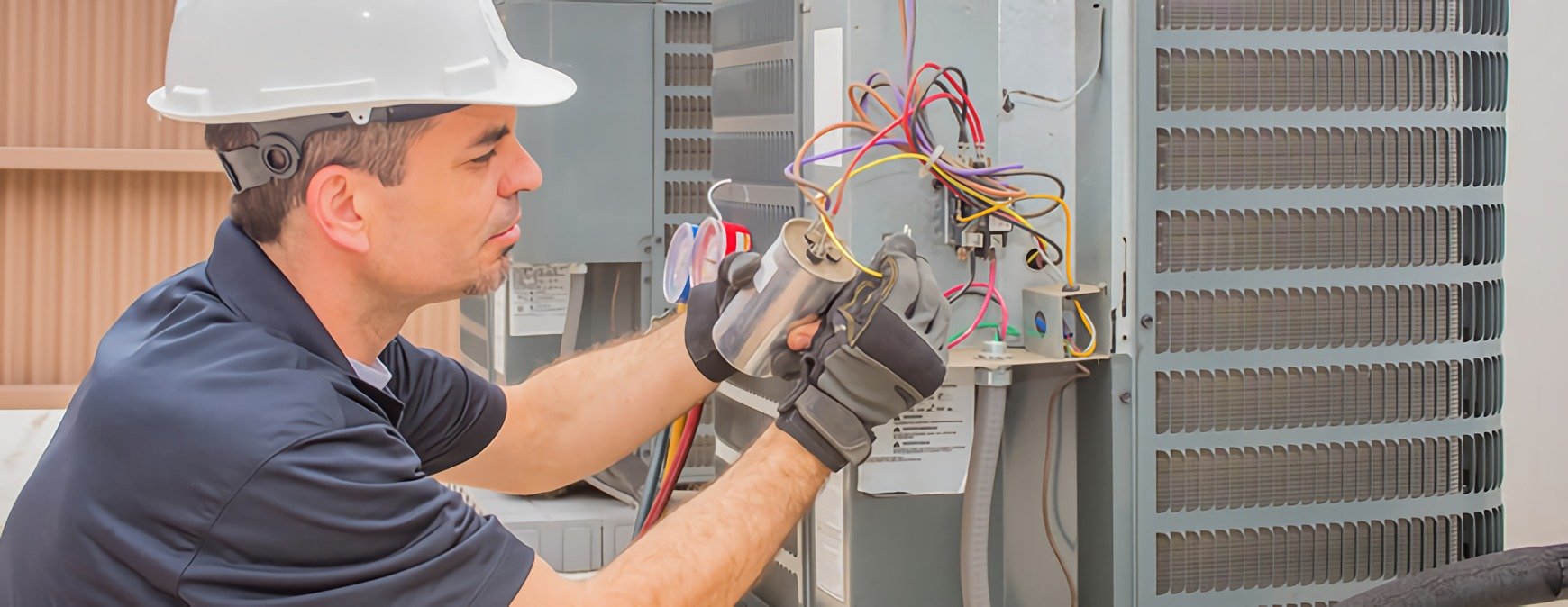Your refrigerator is the workhorse of your house, vigilantly keeping food cool or frozen throughout the day, all night. So it's no wonder that difficulties may occur from time to time. You might be pleased to discover that refrigerator repair work is not solely left to the professional service technicians. Owners can repair typical refrigerator problems by utilizing simple tools (like a manual screwdriver and cordless drill) and with parts that are easy and low-cost to obtain.
01 of 04
Leaking Fridge
Water on the cooking area flooring? What about pools developing on the within floor of the refrigerator? This typical issue is normally simple to repair, as there are only a few possible offenders: your door gaskets, thaw drain and drain pan.
02 of 04
Refrigerator Is Too Loud
Does your refrigerator make sounds? Yes, fridges do make sounds. Anticipated and typical are noises of ice clattering into the storage bin and refrigerant hissing through lines. But buzzing, humming, whirring and vibrating sounds are not normal, so try these fixes:
Level the Refrigerator: Your fridge has leveling legs that likely were embeded in location years earlier. As your home and kitchen flooring age, the fridge requires to sometimes be leveled once again. Use a wrench to turn the legs. It is advised that doors be able to shut by themselves when opened halfway (45 degrees). So, change the legs with the door midway open and keep changing till the door swings shut.
Location Refrigerator on Soundproofing Mat: Special dense foam mats can be purchased online which go under the fridge, decreasing vibration that travels through the legs onto the flooring. This repair is especially important if individuals living below you complain about refrigerator sound.
Adjust Icemaker: If your refrigerator emits a buzzing sound every 10 to 15 minutes, with each buzz lasting only about 5 seconds, the icemaker may be trying to make ice however can not due to the fact that the ΕΠΙΣΚΕΥΗ ΨΥΓΕΙΑ water is switched off. Stop the buzz by turning the icemaker off (with the on-off switch) or raising the ice sensing unit arm. Examine that the supply worth is turned on (typically found under the sink). Likewise, examine behind the refrigerator to see if the line is still connected to the refrigerator and is not leaking.
Change Evaporator Fan Grommets: You can access the evaporator fan inside your freezer compartment. Disconnect the system, then remove all items and racks from the freezer. With a screwdriver, open the gain access to door at the extremely back of the freezer and get rid of. The fan is responsible for dispersing air from the coils to keep an even temperature. This fan might be rattling due to used or broken rubber grommets. Economical grommets are available online.
03 of 04
Refrigerator or Freezer Are Not Cold Enough
Is the milk spoiling faster than it should? When you put your hand on the wire rack, does it not feel as cold as it should?
Adjust Temperature Settings: While this repair may appear obvious, keep in mind that it might have unintentionally been adjusted to a greater temperature level. You will discover this thermostat inside the refrigerator.
Inspect Door Gaskets: Door seals need to form a best seal in order to keep in all of the cold. Initially try cleaning the seals with warm water, then applying a thin layer of petroleum jelly. If this does not work, replace the seals.
Look for Blockage: High items might have been put in the refrigerator or freezer, blocking the flow of cold air. Move all high items far from the back.
Clean Condenser Coils: Unclean condenser coils will lower your system's cooling abilities. For houses that have pets or a substantial amount of traffic, it is advised that you clean up the coils every two to three months.
Move the refrigerator away from the wall and disconnect it. Remove the grille at the bottom, normally by pulling straight back. It must unsnap. Use a family or shop vacuum with a long attachment thin sufficient to reach beneath. Thoroughly vacuum around the coils, enjoying your progress with a flashlight. If you push too intensely, you run the risk of snapping a coil-- a pricey fix requiring a professional.
Add More Items: Freezers and fridges that are low on food products (specifically big containers of liquids) do not remain cool along with those packed with more products, which maintain and preserve the cold.
04 of 04.
Refrigerator Is Too Cold or Freezes Over.
Yes, you want your fridge and freezer to be cold. However is it getting to be too much of a good thing? After you have attempted readjusting the thermostat, here are some other repairs:.
Inspect the Damper: Cold air may SERVICE ΨΥΓΕΙΩΝ ΑΘΗΝΑ be constantly rushing into the compartment, unchecked by a damper stuck in an employment opportunity. The damper is located in between the cooling and freezing compartments and is managed by the thermostat.

Change the Thermostat: Refrigerator thermostats are quickly accessible online for your precise design number.
Disconnect the fridge first, then open the cooling compartment.
Using a Phillips head screwdriver, get rid of the cover situated at the top of the cooling compartment (inside the box). Generally, there disappear than a couple of screws holding this in.
Using the same screwdriver, remove the plastic control assembly cover.
Lift the cover down carefully, as it is attached to the fridge with wires. The thermostat will be a bronze-colored metal gadget connected to copper wires and a plastic capillary tube.
At this point, you might discover it valuable to take an image of the wire arrangement so that you can duplicate it with the brand-new thermostat. Pull the wires straight out by hand and get rid of the tube.
The brand-new thermostat installation is a one-for-one replacement: 2 black wires that are doubled up and attached to one terminal; one orange wire; and one green ground wire.
Connect the capillary tube.
Replace the assembly covers with their coordinating screws.